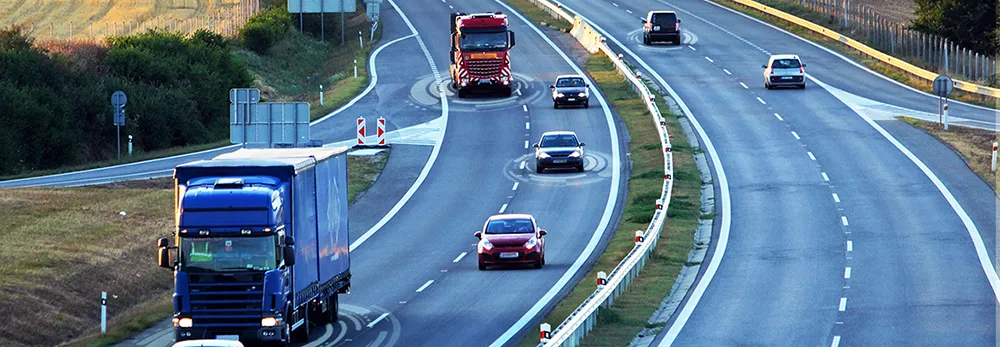Indian ride-sharing company Ola has launched its kiosk at five railway stations in the Dehli Division to help facilitate last mile connectivity and improve the overall mobility experience for daily commuters.
Passengers can now book a cab with the assistance of Ola representatives at kiosks within the premises. Ola Zones have also been set up at each station to offer cabs dedicated parking to help ease traffic issues. These zones will serve as a dedicated pick up / drop points with the intention of reducing the expected time of arrival of cabs to two minutes.
Additionally, Ola’s in-app features and programs aim to provide a safe and convenient mobility experience that comes with live GPS tracking to share ride information, mobile number masking and feedback on ride quality. For emergencies, users can also connect with the company's 24/7 helpline via the application.
Pranav Mehta, city head, Delhi National Capital Region, at Ola said: “The Delhi Railway Division is an integral part of inter-city as well as inter-state transport; Ola is honoured to partner with them to help strengthen the mobility ecosystem at these stations. Over the last one year, we have been integrating our smart mobility solutions with key public service utilities to ensure last mile connectivity along with, building mobility solutions that cater to the diverse needs of consumers. Railway stations form a critical part of city’s transport ecosystem and our partnership with Delhi Railway Division is an important milestone in this direction.”
Ola implements kiosks at Dehli Division railway stations
Indian ride-sharing company Ola has launched its kiosk at five railway stations in the Dehli Division to help facilitate last mile connectivity and improve the overall mobility experience for daily commuters. Passengers can now book a cab with the assistance of Ola representatives at kiosks within the premises. Ola Zones have also been set up at each station to offer cabs dedicated parking to help ease traffic issues. These zones will serve as a dedicated pick up / drop points with the intention of
March 5, 2018
Read time: 2 mins








